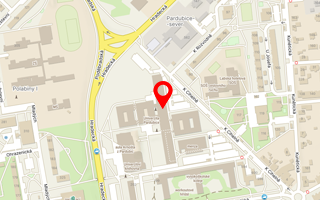Publikace detail
Main group metal complexes containing (hybrid) amidinate and guanidinate ligands
Autoři:
Chlupatý Tomáš | Nevoralová Jana | Růžička Aleš | Padělková Zdeňka | Bílek Michal
Rok: 2013
Druh publikace: ostatní - přednáška nebo poster
Strana od-do: nestránkováno
